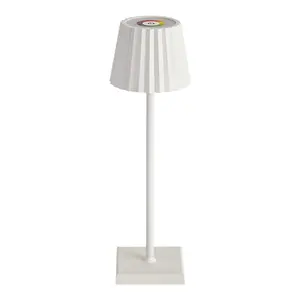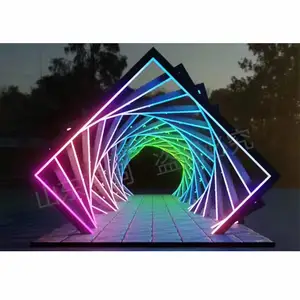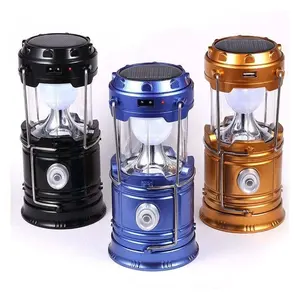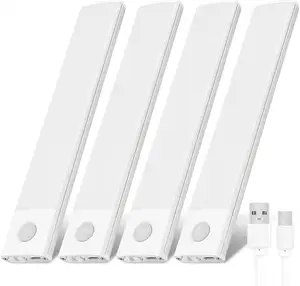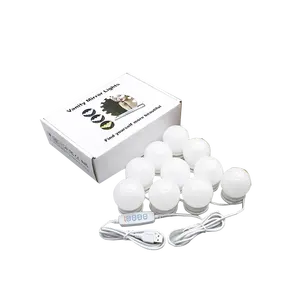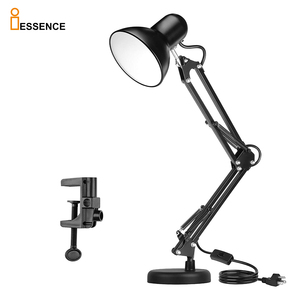Popular in your industry



































































Top categories
About 2.5v led light bulb
Exploring the Versatility of 2.5V LED Light Bulbs
The 2.5V LED light bulb stands as a testament to the advancements in lighting technology, offering a blend of efficiency and versatility. This category of lighting is designed to cater to a myriad of applications, providing an eco-friendly alternative to traditional lighting solutions.
Types and Applications of 2.5V LED Bulbs
When it comes to 2.5 volt LED bulbs, the variety is vast. These bulbs are not just limited to a single form factor or application. They are commonly utilized in settings such as offices, warehouses, and gardens, showcasing their adaptability. The 2.5 volt mini LED Christmas replacement light bulbs are particularly sought after for their use in festive decorations, offering a safe and durable option for holiday lighting.
Material and Construction Features
The construction of a 2.5V LED light bulb often involves robust materials like PC (Polycarbonate), ABS (Acrylonitrile Butadiene Styrene), or PVC (Polyvinyl Chloride), ensuring durability. These materials are chosen for their resilience and ability to house the delicate LED components securely.
Advantages of 2.5V LED Lighting
LED bulbs, especially those rated at 2.5 v 0.3 a bulb LED replacement, are known for their energy efficiency and longevity. They consume significantly less power compared to their incandescent counterparts and have a longer operational life, reducing the need for frequent replacements.
Understanding the Specifications
When selecting a 2.5 v 0.3 a LED bulb, it is crucial to understand its specifications. These bulbs are designed to operate at a low voltage of 2.5V, making them suitable for low-voltage applications and ensuring they are compatible with the intended fixture or system.
Choosing the Right 2.5V LED Bulb
With the array of 2.5 volt LED replacement bulbs available, it is important to consider the specific needs of the application. Factors such as the lumens, color temperature, and beam angle are essential in determining the right bulb for the right setting.
